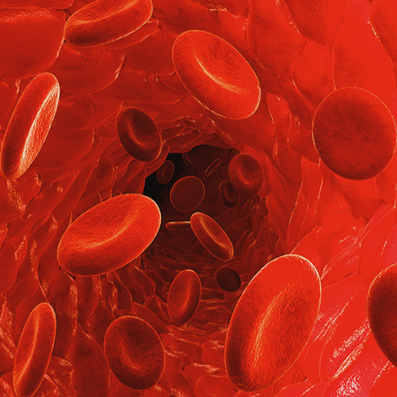
Dubbed “Living drugs,” CAR T cells are bioengineered from a patient’s own immune cells to make them better able to hunt and destroy cancer. Once injected into the body, the cells often slowly dwindle. Known for their regenerative abilities, stem cells easily repopulate the body. Both teams identified the same protein “Master switch” to make engineered cells resemble stem cells.
One study, led by Weber, found that adding the protein, called FOXO1, revved up metabolism and health in CAR T cells in mice. Another study from a team at the Peter MacCallum Cancer Center in Australia found FOXO1-boosted cells appeared genetically similar to immune stem cells and were better able to fend off solid tumors.
While still early, “These findings may help improve the design of CAR T cell therapies and potentially benefit a wider range of patients,” said Weber in a press release.
The approach focuses on T cells, a particular type of immune cell that naturally hunts downs and eliminates infections and cancers inside the body. Enemy cells are dotted with a specific set of proteins, a kind of cellular fingerprint, that T cells recognize and latch onto.
In solid cancers, for example, they can pump out chemicals that fight off immune cell defenders, allowing the cancer to grow and spread. CAR T cells are designed to override these barriers.
To make them, medical practitioners remove T cells from the body and genetically engineer them to produce tailormade protein hooks targeting a particular protein on tumor cells. The supercharged T cells are then grown in petri dishes and transfused back into the body.
Keeping the engineered cells around inside the body has been a struggle. With time, the cells stop dividing and become dysfunctional, potentially allowing the cancer to relapse. To tackle cell exhaustion, Weber’s team found inspiration in the body itself.
The cells making up this ledger are called memory T cells. They’re a formidable military reserve, a portion of which resemble stem cells. In 2012, Dr. Crystal Mackall at Stanford University found several changes in gene expression that lead to CAR T cell exhaustion.
In one test, a drug that inhibited FOXO1 caused CAR T cells to rapidly fail and eventually die in petri dishes. Erasing genes encoding FOXO1 also hindered the cells and increased signs of CAR T exhaustion.
Analyzing genes related to FOXO1, the team found they were mostly connected to immune cell memory. Mapping the epigenome and transcriptome in CAR T cells-both of which tell us how genes are expressed-they also discovered FOXO1 regulating CAR T cell longevity.
As a proof of concept, the team induced exhaustion in the engineered cells by increasingly restricting their ability to divide. In mice with cancer, cells supercharged with FOXO1 lasted longer by months than those that hadn’t been boosted.
The new recipe also worked in T cells donated by six people with cancer who had undergone standard CAR T therapy. Adding a dose of FOXO1 to these cells increased their metabolism.
“The effects of such cells are transient and do not provide long-term protection against exhaustion,” wrote Darcy and team.
“By studying factors that drive memory in T cells, like FOXO1, we can enhance our understanding of why CAR T cells persist and work more effectively in some patients compared to others,” said Weber.
